With Liverpool still not fully clear over the extent of Alisson‘s calf injury, Dr. Rajpal Brar analyses the likely severity, along with his possible recovery timeline.
In the 39th minute of Liverpool’s opening Premier League match vs. Norwich, a resounding 4-1 victory, Alisson went down with a lower right leg injury.
The team hasn’t doled out much information other than Jurgen Klopp stating it was a serious injury that may keep Alisson out for an extended time, and emphasising it was a calf tear rather than an Achilles issue.
In this piece, I connect the dots from the available information to decipher Alisson’s injury, potential return timetable and future risks.
The Injury

The injury occurred in a goal kick where Alisson’s left plant leg slipped while he was loading up his right leg to kick the ball.
During a kicking motion, the calf lengthens and contracts—known as eccentric contraction—to control the lower leg while also shortening and contracting—known as concentric contraction—to plantarflex the ankle and point the foot downwards.
It’s a double stress on the calf but it’s a load that Alisson’s calf is accustomed to over thousands and thousands of reps of that same movement.
However, the slip on the plant leg during the kick changed the equation. It altered his balance and therefore the stability and coordination of the movement.

That kind of instantaneous, unexpected change can completely alter muscle activation, for example tensing up the calf or altering swing leg mechanics resulting in the calf taking on excess stress.
Whatever the case may be, the load on his calf in that instant exceeded its capacity—the basic equation of muscle injury—leading to overstraining and tearing of muscle fibers.
The return timetable depends on a few factors, namely the severity of the tear and the location of the tear.
Severity

Muscle tears are classified into three categories: a grade 1 tear which ranges from micro-tears to 25 percent of muscle fibers torn, grade 2 tear which ranges from 25 percent to 75 percent tearing, and finally a grade 3 tear which means a complete rupture of the muscle.
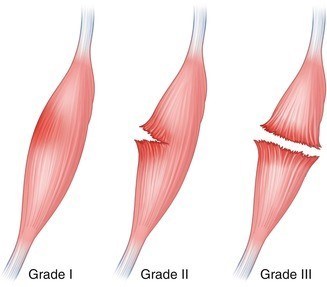
My educated guess is that Alisson has a grade 2 tear due to multiple indicators:
- 1 – The higher intensity kicking mechanism of injury
- 2 – Alisson saying he felt like something hit him in the calf
- 3 – His gait (walking) being obviously affected afterwards
- 4 – Jurgen Klopp saying the injury was a serious one
- 5 – He’s been wearing a walking boot to limit any stress on the calf
All these in combination point to a grade 2 severity.
Typically the timetable for a grade 2 calf tear ranges from two to six weeks. A key variable in that timetable is the specific location of the tear.
Location of the Tear

A tear in the muscle belly of the calf—most commonly the medial (inner) gastrocnemius muscle—heals quicker than a tear at the junction between the calf muscles and the tendon, called the musculotendinous unit.
The latter most commonly occurs at the junction between the calves and the Achilles.
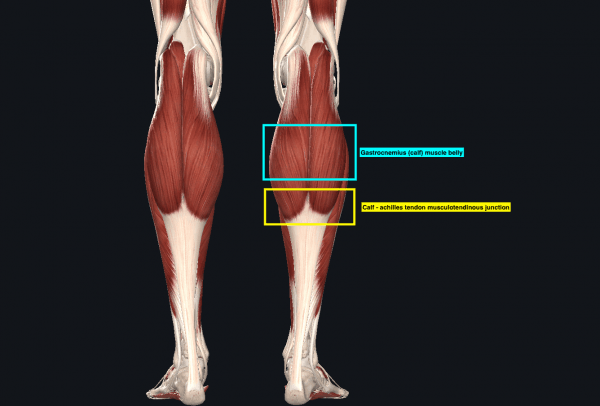
For example, I believe former Golden State Warriors forward Kevin Durant likely suffered the latter in the NBA Finals in May, which would explain why he grabbed lower down the calf and why he had a prolonged stint in rehab.
Unlike KD however, Alisson immediately grabbed higher up his calf.
That being said, there’s also a musculotendinous junction of the calf near the knee as the gastrocnemius muscles actually begin above the knee as a tendon and then feather out into a muscle.
However, tears at this junction are extremely rare—approximately one percent of all calf injuries—so that leads me to believe Alisson has a muscle belly tear.
The research shows that a grade 2 muscle belly tear—on average—takes about three weeks to come back from.

Considering the season is so young and Liverpool have aspirations to compete deep into the Premier League season and multiple tournaments, they very well could extend his rehab and return timeline out further.
Two key positives for Alisson in his return timeline are that has a very good health history with no injuries and overall possesses excellent fitness. Both of those bode well for his recovery.
That being said, there are some inherent risks after this type of injury.
Risks

The undeniable reality—and this is supported very strongly by the research—is that the greatest indicator of future calf injury is—by far—previous calf injury.
Additionally, there’s a risk for compensatory injuries where other body regions take on more stress to make up for the weaker calf.
Harkening back to Durant, it’s quite possible that when he came back in Game 5 of the NBA finals, his Achilles took on more stress to make up for the calf muscle which resulted in the Achilles rupture that ended his season and tenure with the Warriors.
On a much brighter note, Alisson has numerous protective factors that decrease his re-injury risk.
His position as goalkeeper requiring considerably less physical exertion and his relatively young age of 26 have both been shown to reduce injury and re-injury risk.
Further, as he returns from injury, he’ll continue to work with Liverpool’s training staff on full-body compound strengthening with a specific individualised emphasis on strength, endurance, and flexibility of the calf and Achilles complex, very likely via progressive eccentric strengthening.

All in all, Alisson likely has a grade 2 tear of a right calf muscle and faces a three-plus-week recovery timeline.
He will have inherent risks when he returns—particularly re-injury of the calf muscle—but he also has numerous protective factors including his high level of fitness with no track record of previous injuries.
With a methodical rehab and return-to-play programme combined with ongoing full body and specific calf strengthening, Alisson is very likely to make a full recovery and return to 100 percent fitness as the season progresses.
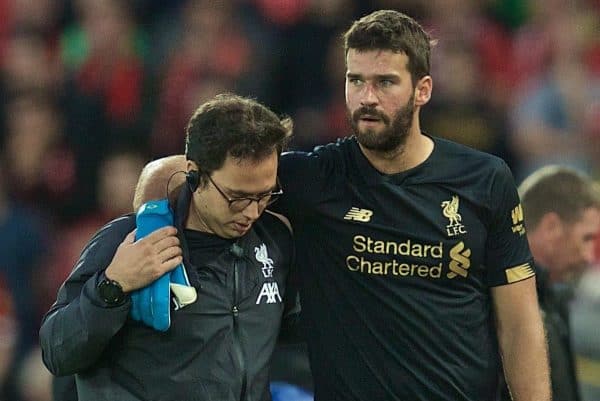



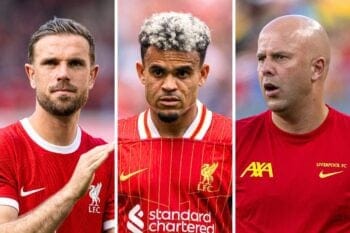
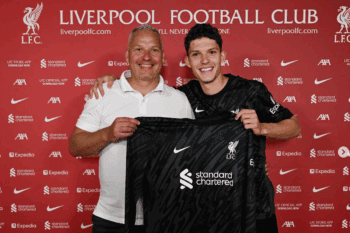






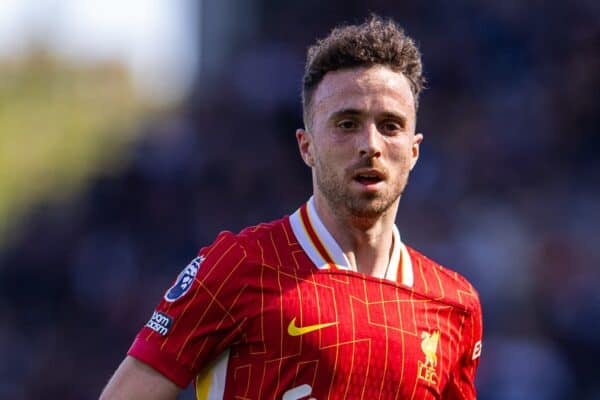




Fan Comments